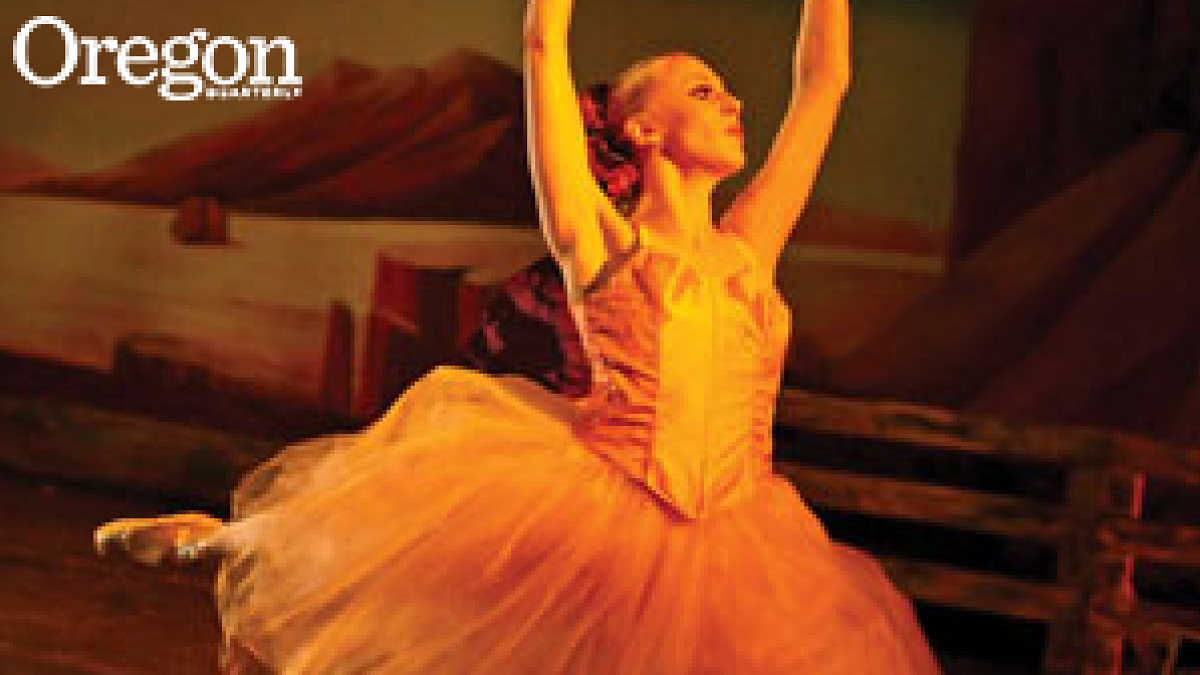In the dark wings of a theater, Donna Bontrager and her daughter Hannah ’07 watch the stage. They incline their heads toward each other and whisper as Ashley ’09, Hannah’s younger sister, high-steps into view. Alone on the stage, Ashley pirouettes, her long blond hair swinging behind her.
Hannah and Donna grin when the applause drowns out the music, then it is Hannah’s turn to dance. She waddles flat-footed in pointe shoes to her entry mark, takes a breath and lithely runs into the light.
The three Bontrager women devote untold energy to the Eugene-based dance company and academy Ballet Fantastique. They founded the organization eleven years ago and now create, promote, and perform unconventional pieces with the six other members of the company.
The ballerinas have pliéd to Metallica. They dramatized a Vincent van Gogh painting. They dance to the tune of live fiddlers, piano players, and even whistlers who perform onstage. This May they’ll dance a rock opera version of Cinderella set in the 1960s. Their fresh interpretation of dance is attracting an untraditional audience, a third of whom have never before seen a live ballet performance.
Theatergoers applaud the lifts, jumps, and turns onstage, but they don’t see the preparation that occupies most of the company’s time: the fundraising, rehearsals, choreography, prop styling, and marketing required to make a small troupe succeed. The academy also teaches area youngsters, many of whom attend classes on scholarship.
Hannah, the company’s executive director, is a flurry of action during her sometimes fourteen-hour days. Her work is a complex pas de deux with continually changing partners: the grant that needs writing, the interns who need direction, the room full of eager, leotard-clad children.
During rehearsal in the group’s downtown studio, the frenetic activity slows and all energy is focused on the dance. Donna demonstrates a short combination for the troupe members. Ashley and Hannah’s gaze follows the arc of their arms as they flow through the positions. Their expressions are placid, tender, as if the movements were effortless. At the end of the final eight-count, the women finish with their arms poised in front, fingers almost touching.
It is beautiful.
In these moments, dance is a release. The steps and counts quiet nagging, never-finished mental to-do lists. In the studio, the mother-daughter-daughter team members shed their myriad roles. At the barre, they simply dance.
—By Catherine Ryan ’06


